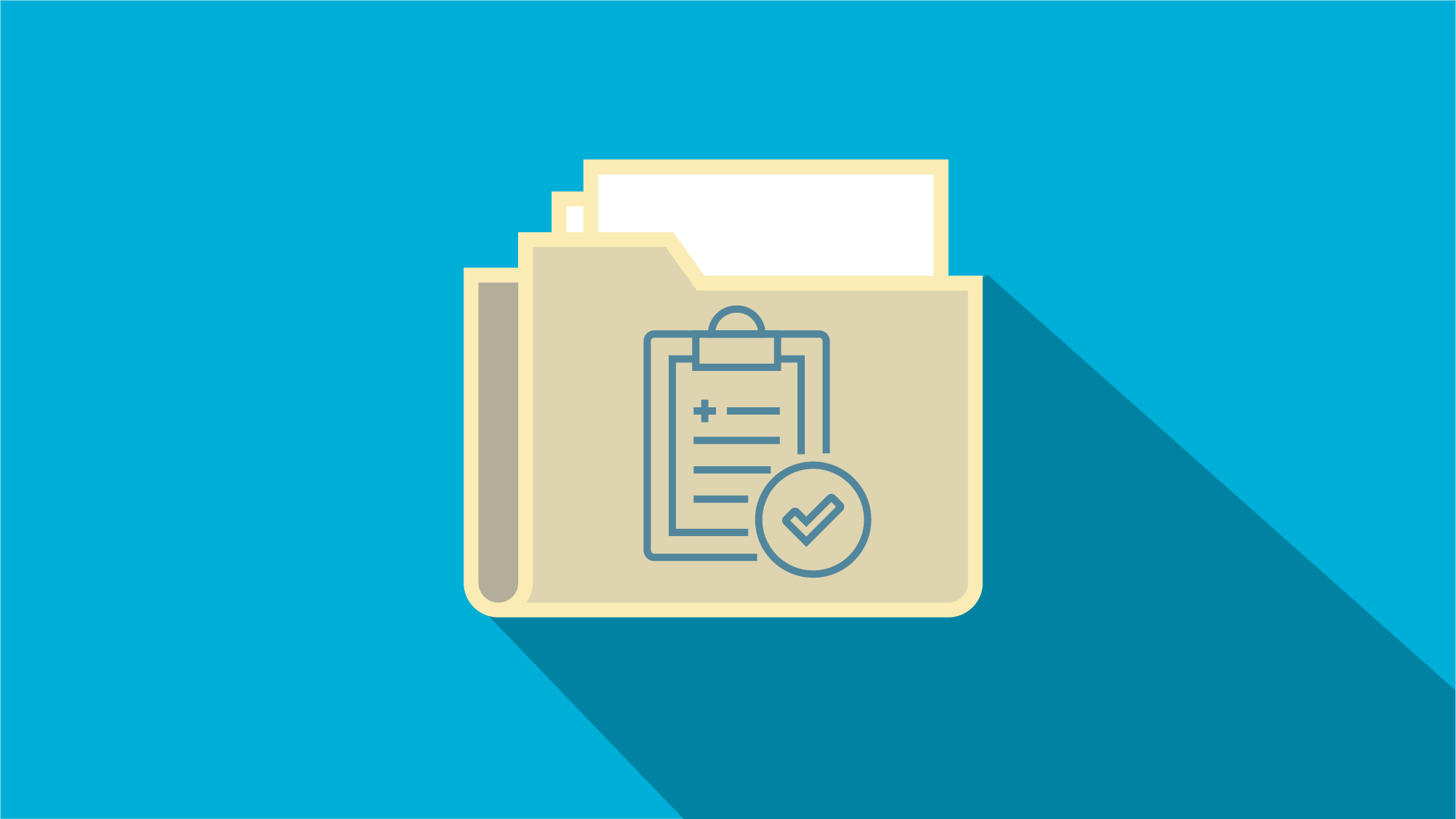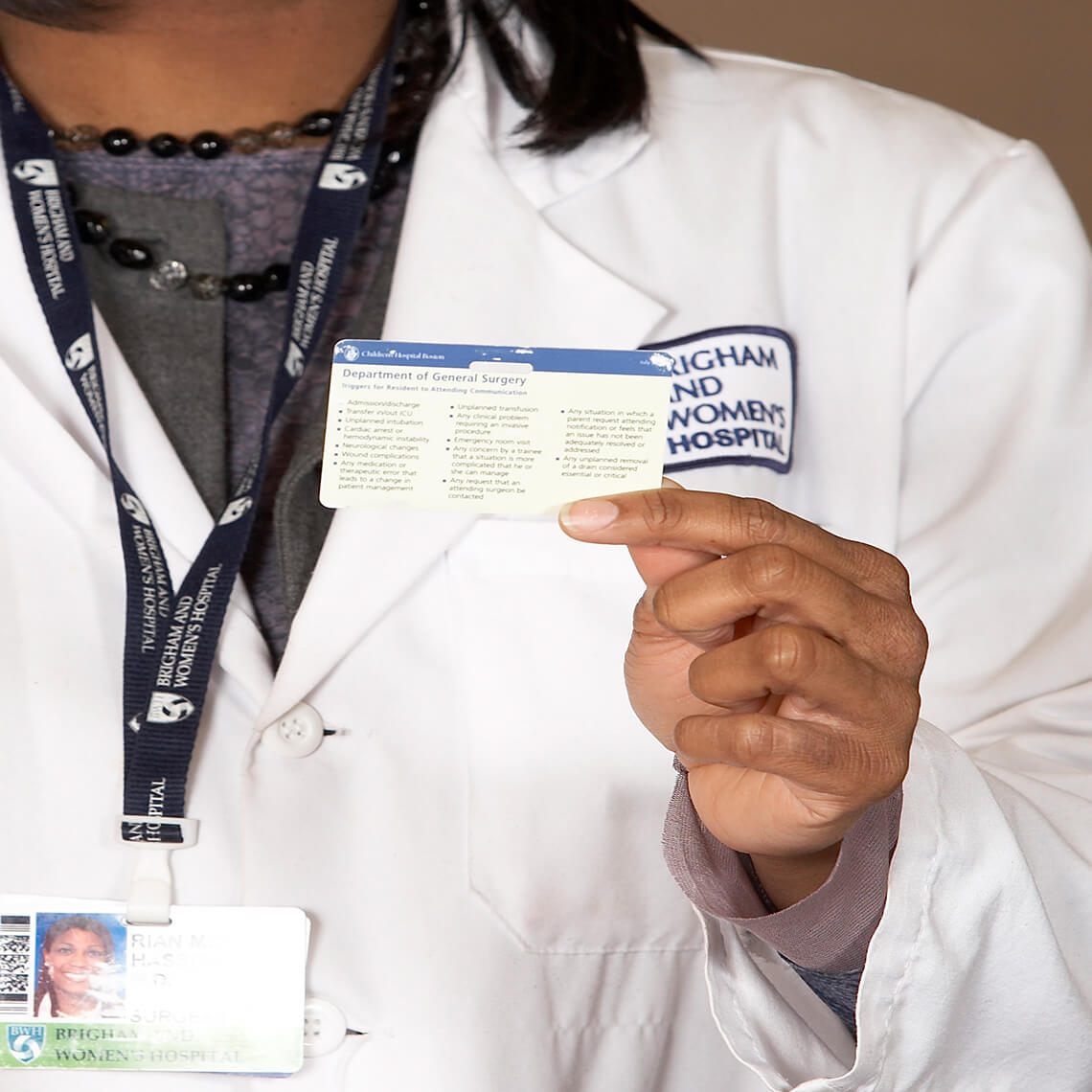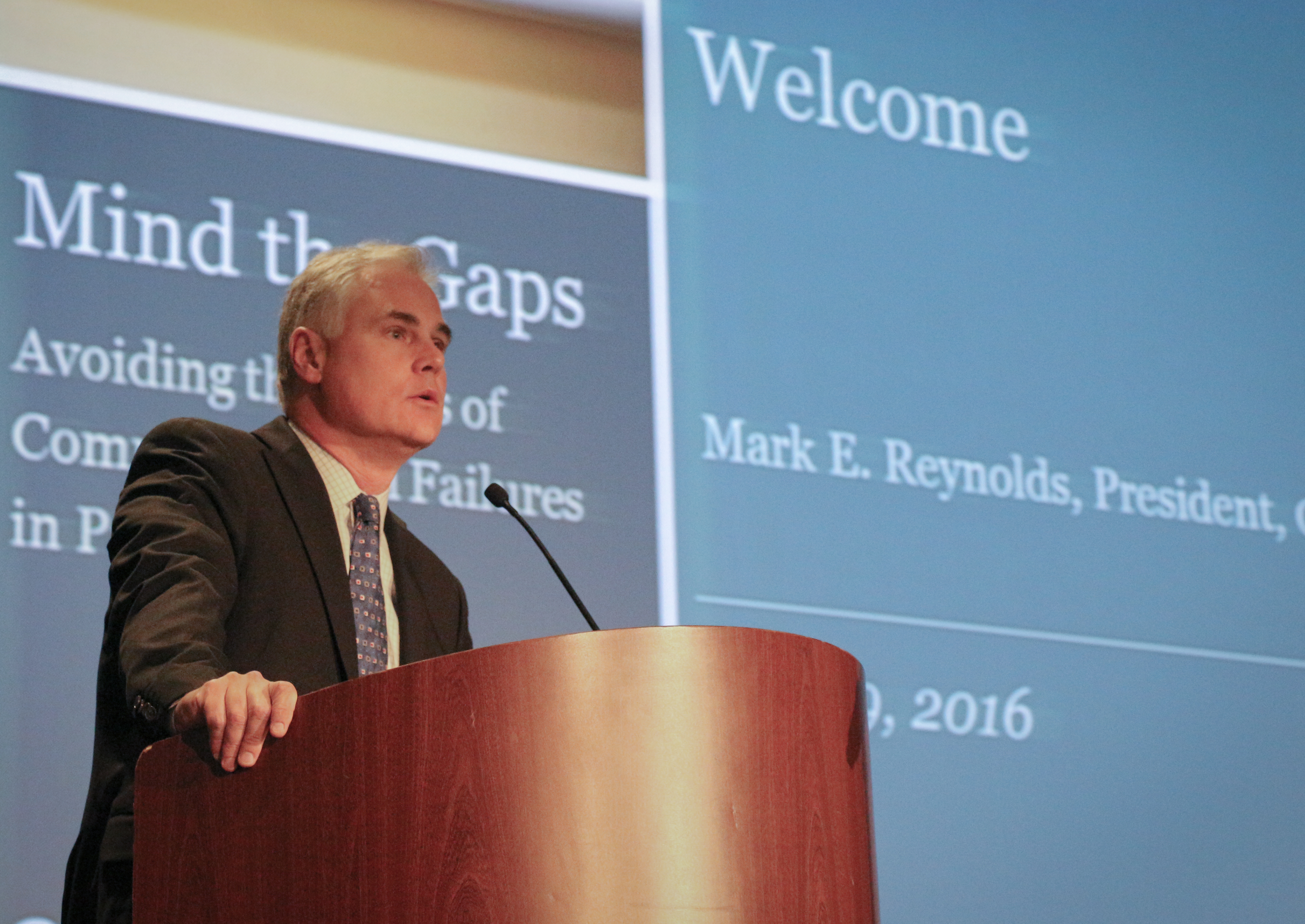Blog Post
Is the Cures Act a Game Changer? Patients Now See Clinical Notes

Pat Folcarelli is Vice President of Patient Safety at CRICO. She oversees strategic and operational patient safety solutions for all CRICO members representing the Harvard medical community and all of its affiliate organizations. Prior to joining CRICO, Dr. Folcarelli worked at Beth Israel Deaconess Medical Center (BIDMC) for more than 30 years, most recently as Vice President, Health Care Quality, and has collaborated on work to evaluate the use of OpenNotes. She is a Lecturer of Medicine at Harvard Medical School and a widely published author.
With very little exception, health providers must now give patients electronic access to their entire medical record, including clinical notes by their caregivers. The change is part of a new federal law, The 21st Century Cures Act, taking effect on April 5th, 2021.
Signed in 2016, the Act is designed to support drug and device research and development; however a part of the legislation has some defined standards for electronic health information interoperability, and something called “limits on information blocking,” referring to practices that interfere with or prevent access to electronic health information.
Patients already have access to information through patient portals at most hospitals and other institutions. With the arrival of the Cures Act, clinicians and hospitals may notice that there’s increasing activity on those patient portals. It’s also possible there could be some additional questions of the notes. But it still remains to be seen what impact this will have in terms of patients accessing their notes.
Beginning on April 5th, the program rule on interoperability and information blocking requires that patients have electronic access to eight types of clinical data. This includes histories and physicals, progress notes if they are hospitalized, notes from consultants, notes related to procedures, discharge summaries, imaging reports, laboratory reports, and pathology reports. And it means that there can't be blocking of access to that information, with some specific exceptions for behavioral health and cases involving litigation.
The big question is what will change most for patients and providers? Providers tend to express concerns about two things. One is the fact that in many systems where there was already access to online notes, there may have been a deliberate embargo to the patient on some studies until the ordering clinician could review them. This may have resulted in a delay in some tests becoming visible to the patients through their patient portal. With results such as MRIs, or biopsies, for example, there’s some concern by providers that immediate access to those tests results could be upsetting to patients and families before their provider had an opportunity to see them.
One way to mitigate that is to communicate more to the patient when the tests are being ordered. When talking to a patient about the kinds of tests that they’re going to be having and the reasons for the tests, actually describe what you might be thinking as a possibility of the result. And in some cases, say to the patient ‘you might see these test results before I’ve had an opportunity to see them, but I wanted to let you know my pattern for looking at them and when you can expect I’ll get back to you.’ Just setting some time frame expectations can be extremely helpful.
The second common concern is that the way that we write notes in the medical record will not be understandable to patients, or the way we describe patients might cause patients to be upset. Helpful hints about how to write about patients in the medical record are widely available online. For example, instead of saying that a patient is non-compliant, describe the actual behavior of the patient. Instead of saying IV drug abuser (and sometimes we just put ‘IVDA’ in a medical record), say that the patient has a substance use disorder. Use language that has been emerging that’s more respectful for patients who read their medical record.
Clinicians also sometimes worry that they’ll have to actually dramatically change the way they write their notes. Experience with the OpenNotes movement that started in Massachusetts has not borne this out. The patients were not clamoring for their notes to be written in a different way. The studies that were done when this kind of open access was starting did not result in finding that physicians needed to spend a lot more time to dramatically alter the way they wrote their notes, or that there were many more concerns from patients and families about things that were in their notes that needed to be changed.
The overall benefit to open access is that patients can partner with their providers in a different way. From a patient safety standpoint, one of the things that we worry most about is that there is a missed or delayed diagnosis, or that the patient is not following the medical regimen that was recommended. Providers can allow patients to see how they are describing the plan of care, the recommendations for follow up, and what the provider heard about the patient’s description of their symptoms.
This allows a different kind of partnership between patients and providers, where it’s almost as if they’re co-producing the outcome. And ultimately this should lead to better outcomes.
Related Content
Related Blog Posts
Investing in Patient Safety


Mind the Gaps: Learning How to Avoid Miscommunication Pitfalls
January Safety Salute | MedStar Health Creating a Just Culture

